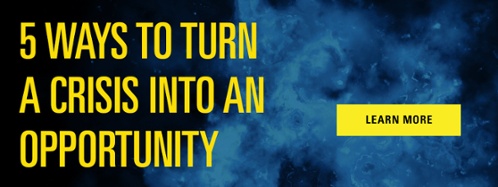
Trust and faith in media is at a dangerous ebb, dragged down along with the generally low approval ratings of government. When USA Today teamed with Suffolk University earlier this summer to track the favorability of the president and congress, both got disastrously low marks (congress had just a 19% approval rating, while President Trump was at 39.6%).
But the news media fared little better. Just 35.6% of respondents viewed the news media favorably, while 50.3% had an unfavorable view. That disdain is rooted in the belief that reporters are biased. A Gallup poll this year found 62% of people believe the media favors a particular political party, and, of those, two-thirds think the media favors the Democrats.
Worse, there’s also a feeling that journalism has no interest in facts. Most Twitter feeds include more than few #FakeNews mentions. That’s not a fringe view: Gallup, in its media poll, found that 55% of Americans believe news organizations are often wrong in their reporting.
It’s a sad commentary for a noble profession (Disclosure: I was a journalist for more than two decades, including leading newsrooms in print, digital and television). Few jobs are actually enshrined in the Constitution, but journalists have their very own amendment, the first one, to be precise. In some points in our history, even this very day, journalism has been the only check on societal or governmental abuses. I have seen the impact strong reporting has had on communities, policies and individuals. This comes at a dear cost. A colleague of mine was murdered simply for doing his job, while others were threatened with imprisonment or physical harm.
But the audiences journalists inform have become fragmented, and the effect has been that many people tune out journalism that doesn’t reinforce or support the agendas they want to hear. Not only are there accusations of fake news, but the profession in some quarters is now seen as an enemy of the people, not a safeguard.
That needs to change for the good of the industry and the nation it serves. The best way to do that is to publicize the successes, amplify the mission and change the narrative. In short, media needs public relations.
Indeed, this need makes for the strangest of bedfellows. Journalism and public relations have been communication’s Tom and Jerry, often at odds, with different agendas and outcomes, but ultimately in intimate need of one another to bring out the best in both.
Public relations brings perspective journalism lacks and needs right now. Journalists are wonderful at telling stories, for all but themselves and their industry. They are the ultimate cobblers with barefoot children, looking outward to inform while ignoring the way the messages of their own work are perceived by the rest of the world. That’s dangerous, since segments of the audience–namely the shirts and skins of our increasingly corrosive political discourse–have the knives out to pounce on any mistake or shadow of bias.
In other industries, that would be seen as a reputational crisis, one that has to be fought with a focused plan, messaging pillars and a steady stream of positive news. But there is little sign that media organizations are taking action to address this crisis. Attempts to justify the nobility of the craft – The Washington Post’s “Democracy Dies in Darkness” tagline, for instance – have done little but reinforce the idea that the profession is made up of a bunch of establishment elitists. Yet, in a populist world, journalism should be able to position itself as the true vox populi, working on behalf of the people to educate and inform, rather than sitting on the dais of an establishment so many citizens have battled against these past few years.
Reporters, across the political spectrum, have done stellar work. The problem for journalism is not in the quality of the work. Indeed, this year has seen strong reporting from a range of journalism produced across a spectrum of media. Rather, the trouble for the industry is in its image. Public relations, marketing and communications are all about image. It’s time to see and hear more about the strength and value of solid journalism. Public relations, born from that industry and living in a vibrant symbiosis, is best-suited to tell that story to the world.




Let’s Connect
Ready to build, grow, manage and protect your brand? Complete the form below to discuss how we can help.